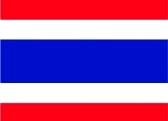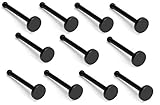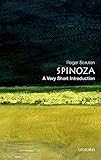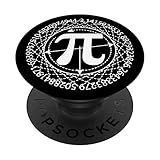All Categories
The Urban Primitive: Paganism in the Concrete Jungle
Share Tweet








About The Urban Primitive: Paganism In The Concrete Jungle
Product Description You consider yourself a Pagan, or a Magician, or a Witch, because you know there's more to this world than meets the mundane eye. You believe that magic can influence events in your own life and in the world around you. But you don't live on some pastoral, isolated farm, living off the land, generating your own electricity and pumping your own water. No, you live in the urban jungle. You learned early on that money really doesn't grow on trees, and you don't have wads of extra cash to spend on elaborate ritual tools, custom spell ingredients, and stylish ritual attire. So what a modern urban Pagan to do? Learn how to live a magical life in the concrete jungle. Whether you're a seasoned practitioner or you've never cast a spell before, this in-your-face guide to commando-style magic is for every urban primitive. From Publishers Weekly When people think of Wicca, say authors Raven Kaldera and Tannin Schwartzstein, they tend to conjure images of bucolic festivals, dryadic rituals and flower-wreathed maidens. In other words, the public mind associates paganism with the seasons and the countryside. But that's only a part of the picture. In The Urban Primitive: Paganism in the Concrete Jungle, Kaldera and Schwartzstein contend that modern neo-paganism is actually an urban-based movement, and they offer specific rituals and hints on living in the city. Here, readers will learn how to use magick to find an elusive parking space, understand the symbolic meaning of various body piercings and discover spells for unearthing treasures in a junkyard. There is even a chapter on the magickal properties of urban weeds such as bittersweet, dandelion, kudzu (who knew?) and ragweed. The tone is brassy and hip, with comic-book style illustrations and cartoons. Concerning graffiti, for example, the authors claim that "any or all naked women or female body parts, no matter how badly drawn, are figures of the Goddess and thus can be invoked for her protection. Consider it to be a work of reclaiming." Copyright 2002 Reed Business Information, Inc. About the Author Raven Kaldera is a pagan priest, intersex transgender activist, parent, astrologer, musician, homesteader, and the author of "Hermaphrodeities: The Transgender Spirituality Workbook" (XLibris Press). He is the founder and leader of the Pagan Kingdom of Asphodel, and the Asphodel Pagan Choir. He has been a neo-pagan since the age of 14, when he was converted by a "fam-trad" teen on a date. Since then, he's been through half a dozen traditions, including Gardnerian, Dianic, and granola paganism, Umbanda, Heithnir, and the Peasant Tradition. He is currently happily married to artist and eco-experimentalist Bella Kaldera, and they have founded the Institute for Heritage Skills. ...'Tis an ill wind that blows no minds.' Contrary to popular legend, Tannin was not born in a log cabin in Springfield Illinois. She did, however, spend her entire childhood living on the Jersey Shore. It is in this notably non-New Age environment that her interest in Pagan/Occult matters began. Over the past 15 years, she has dedicated a significant part of her life in pursuit of various spiritual arts privately and professionally. Tannin has studied diverse practices and paths such as Gi Gong, Shamanistic energy techniques, Gnostisism, Afro-Caribbean religions, and even a pinch of Ceremonial Magick. Before she opened Bones and Flowers in the of 1997, she served as "Madame Espiritual" to two different Worcester Botanicas, a spiritual counselor in a New Age shop, as well as making countless house calls. At present, the proprietor of Worcester's only occult specialty store is also a crafter in diverse media ,and a legally ordained minister. ~ Excerpt. © Reprinted by permission. All rights reserved. Lay oF the LanD The Energy of the City • • Most Pagan rituals, spells, and symbols stem from an older, agricultural era. The holidays follow the Wheel of the Year as seen by farmers dep



























